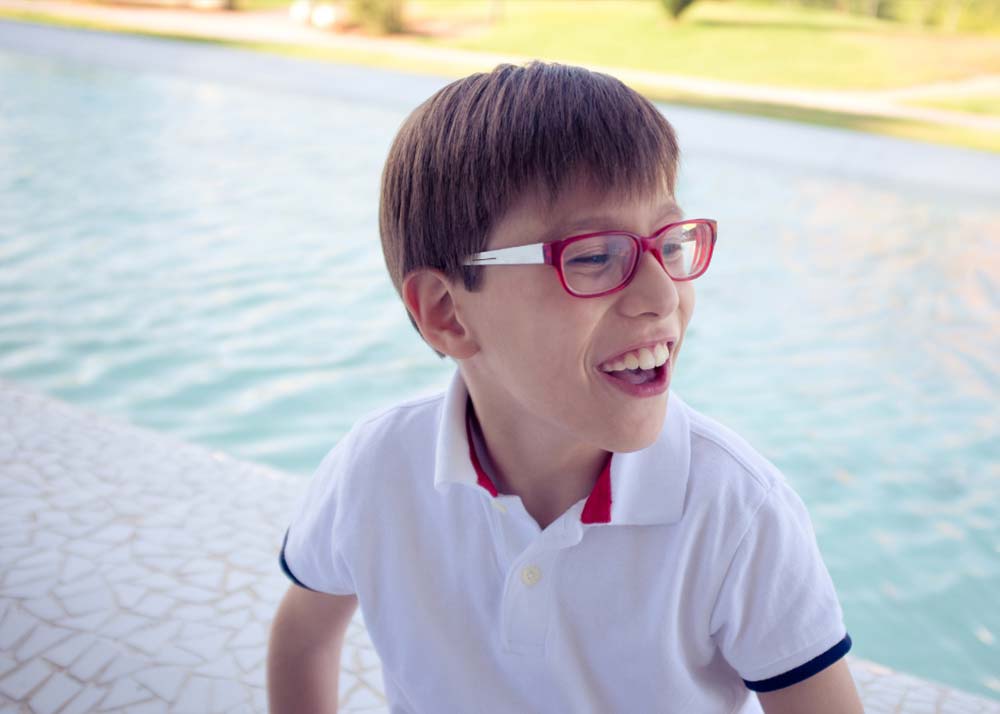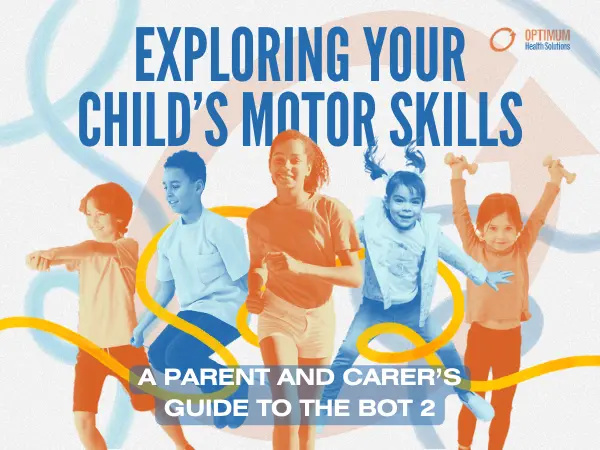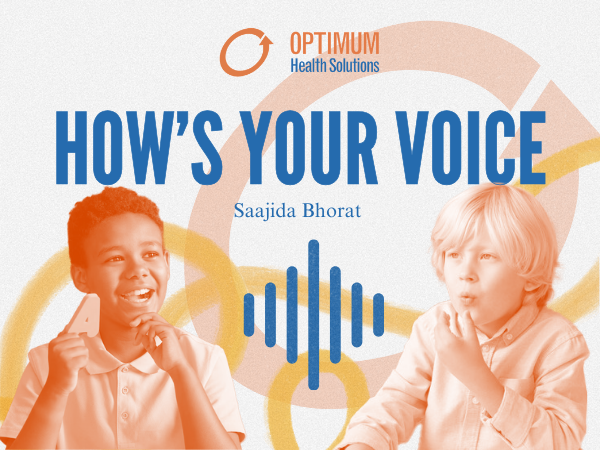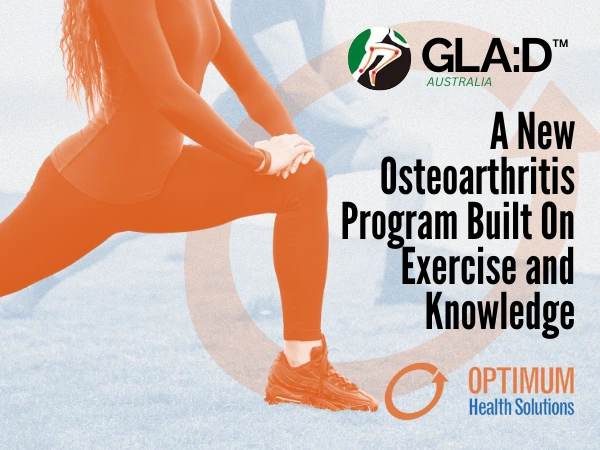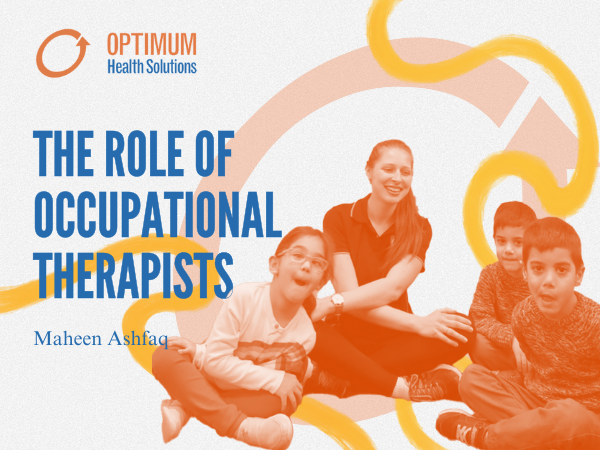28% of participants on the National Disability Insurance Scheme (NDIS) identify as living with an intellectual disability.
Research has shown that people who live with an intellectual disability struggle to reach recommended levels of physical activity necessary for good health. People living with an intellectual disability are all unique in their abilities and talents but often face challenges to staying active. This puts them at higher risk of developing health problems such as diabetes, obesity and poor health.
Here are some tips for encouraging your friends and family living with an intellectual disability stay active!
1. Make it fun: If you’re planning to stay active for a long time, it has to be engaging and meaningful. Are there particular interests such as certain sports, interests or music you can incorporate into your program to make it fun?
2. Personalise the program: Exercise programs should be designed taking into consideration the person’s abilities, personalised for the individual.
3. Get everyone involved: It’s important that everyone who is part of your day is educated on the importance of staying active. Can you get staff from the school, day programs, work and support workers involved in helping a person living with an intellectual disability participate in exercise?
4. Join in a team or group sport: Exercising is way more fun while you’re making new friends! There are many options to get involved with sport living with an intellectual disability. Special Olympics Australia is just one organisation which offers sporting options specifically for people living with an intellectual disability across the country.
5. Talk to a specialist: There are many health professionals that can help with your goals for staying active. Don’t be afraid to ask for some help, especially when you’re starting your journey.
– A physiotherapist can help improve the way you move to help you overcome any barriers you have to stay active.
– An exercise physiologist is an expert at developing and progressing a structured exercise program.
– An occupational therapist can modify your environment and liaise with the communities around you to help you participate in exercise more easily.
The national guidelines for physical activity are summarised below:
| Children (5-17) | Adults (18-64) | Older adults (65+) |
| 60min+
Moderate-vigorous intensity Per day |
2.5 – 5 hours
Moderate intensity OR 1.25 – 2.5 hours vigorous intensity Per week |
30min+
Moderate intensity Per day |
If you are not currently meeting these guidelines, come speak to our allied health team at optimum health today so we can help you achieve your goal of starting and staying active!
REFERENCE
1. National Disability Insurance Scheme. COAG Disability Reform Council Quarterly Report. National Disability Insurance Scheme; 2018 p. 15.
2. Dairo Y, Collett J, Dawes H, Oskrochi G. Physical activity levels in adults with intellectual disabilities: A systematic review. Preventive Medicine Reports. 2016;4:209-219.
3. Pestana M, Barbieri F, Vitório R, Figueiredo G, Mauerberg de Castro E. EFEITOS DO EXERCÍCIO FÍSICO PARA ADULTOS COM DEFICIÊNCIA INTELECTUAL: UMA REVISÃO SISTEMÁTICA. Journal of Physical Education. 2018;29(1)
4. Friedman C. Direct Support Professionals and Quality of Life of People With Intellectual and Developmental Disabilities. Intellectual and Developmental Disabilities. 2018;56(4):234-250.5.Home | Special Olympics Australia [Internet]. Specialolympics.com.au. 2020 [cited 17 January 2020]. Available from: http://specialolympics.com.au/
6. Department of Health, Australian Government. Australia’s Physical Activity and Sedentary Behaviour Guidelines and the Australian 24-Hour Movement Guidelines. 2019.

